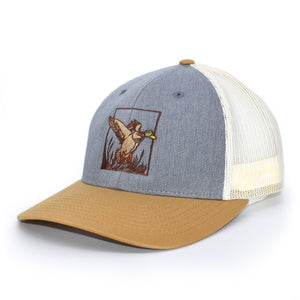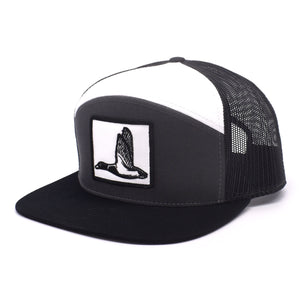1: You neglect small public parcels. If a public hunting area includes tracts of 1,200, 500, and 80 acres, guess which one gets the most pressure? Don’t follow the crowd. The smallest area may hold a big, neglected buck, especially if it has heavy cover and doesn’t have convenient parking or well-marked boundaries, which discourages other hunters.
2: You hunt right over scrapes. Instead, backtrack and hunt downwind in cover along thinly outlined trails leading to the buck sign. Most scrapes are visited at night, so you’re more likely to catch a buck approaching the scrape rather than right on it.
3: You rattle like a wimp. Bucks don’t fight timidly. Last year I watched a scrappy 135-class buck rip half of a 140-inch rack off his opponent, and then chase him when he tried to escape. You could hear the fight from half a mile away. Rattling loud lets you cover more territory and will attract more bucks.
4: You’re too permissive. You own or lease great deer ground, but you let too many friends hunt wherever and whenever they want. Use a combination of restrictions on the number of hunters and what days, areas, and methods they can use to avoid overpressuring deer.
5: You’re stuck in a rut. If a hunting tactic or area yields success once, it’s natural to turn to it again and again. But old, wary bucks will soon learn to pattern where, when, and how they’re being hunted. Mix up your approach, tactics, and location. The less predictable you are, the greater your chances of nailing a mature deer.
6: You hunt your best areas too soon. Don’t rush in and blow bucks out of the prime spot on your property. Save your choicest location for the perfect conditions.
7: You always drive at midday. When the moon is full, bucks often move during midday and bed in cover early and late. This makes the crack of dawn and late afternoon good bets for a drive during that lunar phase.
8: You switch to a different stand after two evenings. Mature bucks often travel on a three-day cycle. Give a good stand at least three days before moving.
9: You think funnels are absolute. They’re not. If there’s a rougher, tougher way to get somewhere without going through an apparent funnel, a big buck will often take that isolated path, leaving the easy trail for does and yearlings. Unless a funnel is the only route, don’t count on a mature buck taking it.
10: You focus on food plots, ignoring important secondary food sources. The biggest bucks are often too wary to visit major feed areas except at night. Look instead for greenbrier, honeysuckle, plum, laurel, sumac, blackberry, clear-cuts, browse, and forbs in the woods or natural clearings.
The post 10 Reasons you don’t see Mature Bucks year after year: May 2014 appeared first on Bucks of Nebraska.

































